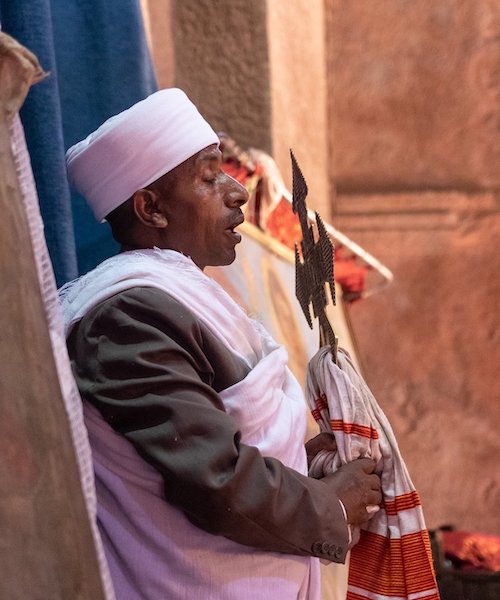Despite receiving relatively little U.S. media coverage, the violent conflict facing Ethiopia’s northern region of Tigray has escalated into one of the most urgent in the world today. The violence is often dated to November 2020, when the federal government and the region’s political party, the Tigray People’s Liberation Front, entered into armed conflict at the government’s Northern Command. Many different actors—the national military, as well as the Eritrean military, militias from Ethiopia’s Amhara region, and other militia groups—are perpetrating crimes in Tigray. Reports of crimes against humanity and war crimes have grown widespread and include ethnic-based killings; sexual violence; forced displacement; the prevention of access to health care, food, and water. Thousands have been killed, and over 60,000 have fled to Sudan with over 2 million remaining internally displaced.
Although the violence is primarily perpetrated on the basis of ethnicity, the conflict also has an important religious dimension. There have been widespread reports that Ethiopian and Eritrean soldiers have carried out killings at sacred spaces, in addition to looting and destroying Christian and Muslim cultural heritage sites. Aksum, a center of Christianity on the continent, was the site of a massacre in late November 2020, when Eritrean soldiers killed an estimated 800 civilians at the Church of St. Mary of Zion and in the surrounding town. Likewise, the historic Al-Nejashi Mosque faced artillery shelling during an Ethiopian-Eritrean offensive. Eritrean soldiers reportedly looted artifacts from the mosque, aligning with reports of widespread looting of manuscripts and Bibles from Christian churches and monasteries in Tigray. The destruction of cultural sites—often cited as an example of genocidal intent—is significant, especially since the head of the Ethiopian Orthodox Tewahedo Church recently condemned the violence as genocide.
This week the Berkley Forum asks: How is religion playing a role—either positive or negative—in the violent conflict in Tigray? How does the broader history of religion, ethnicity, and state in the region inform the current moment? In what ways might the destruction of cultural sites, including both churches and mosques, influence how the international community responds to this conflict? What contributions can faith leaders make in a path toward peace, especially in light of recent condemnations of the violence as genocidal? What are some of the challenges or possibilities of religious peacebuilding in Tigray? How might interreligious or ecumenical dialogue play in responding to the crisis?



